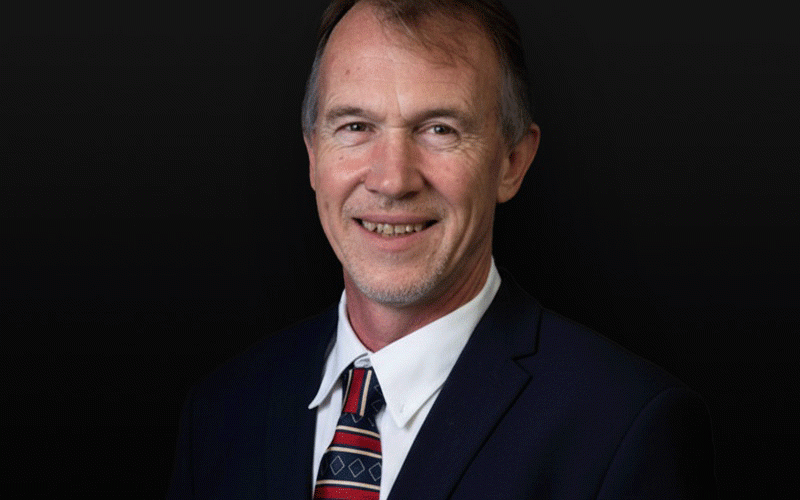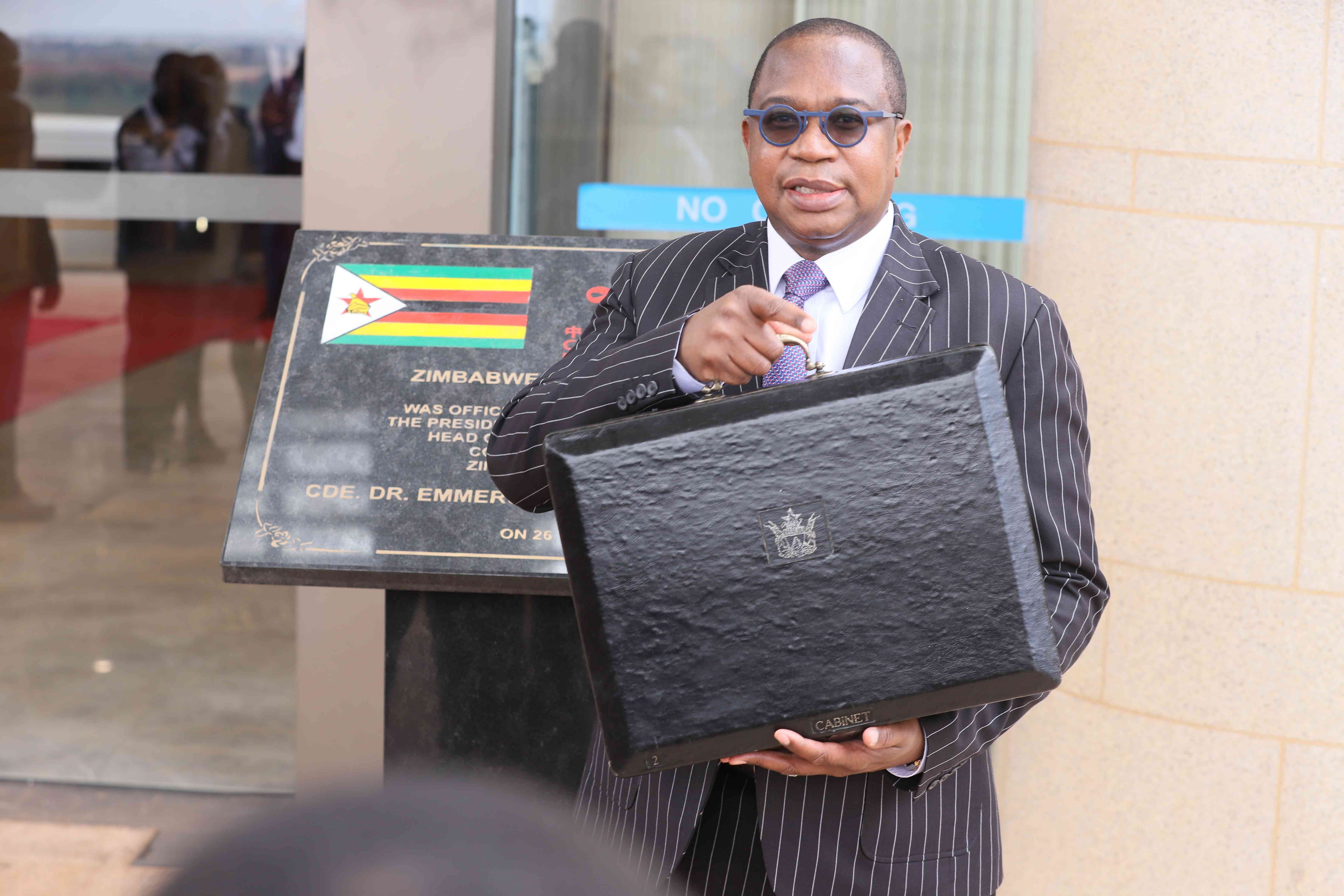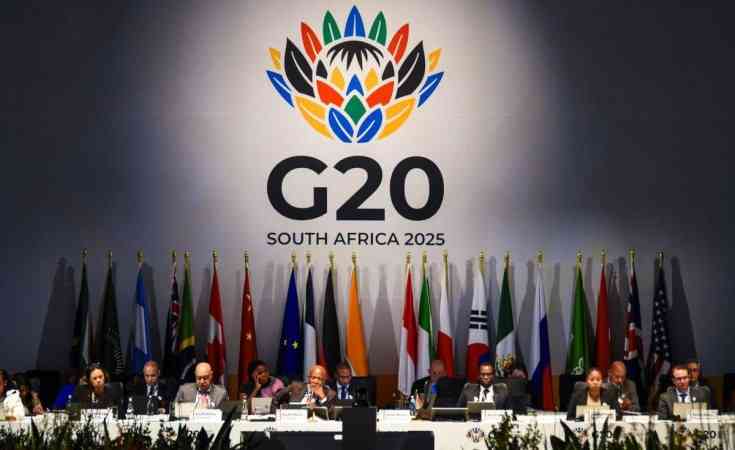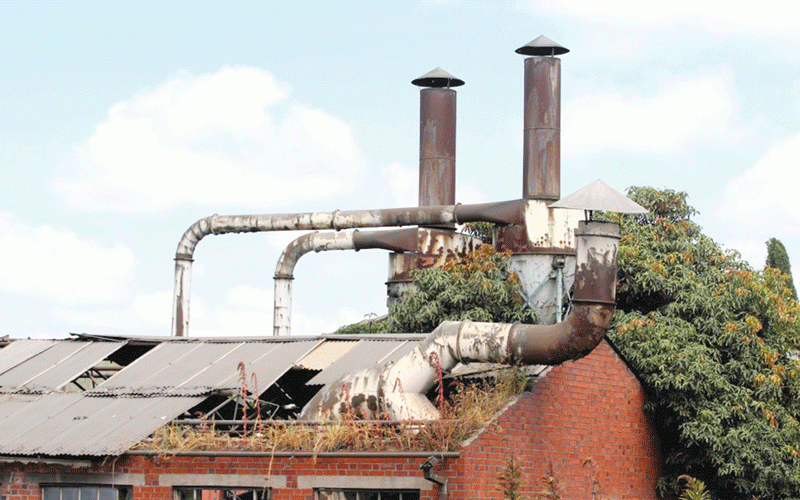
DIVERSIFIED group Zimplow Holdings Limited has outlined a three-pronged strategy to return to profitability by the second half of 2025, focusing on core product shipments after significantly narrowing its losses. For the half-year ended June 30, 2025, the group posted a loss of US$499 586, a 70% improvement year-on-year, achieved through operational efficiencies. To discuss this recovery plan, our chief reporter Melody Chikono (MC) spoke with Zimplow chief executive officer Willem Swan (WS). Below are excerpts from the interview, which detail their conversation on steering the company towards medium-term growth:
MC: The first half of 2025 saw relative economic stability and record tobacco deliveries. How has this macro environment shaped Zimplow’s performance across business units?
WS: The relative stability in the first half of 2025, coupled with record tobacco deliveries, provided much-needed liquidity in the agricultural sector.
This supported improved activity for Farmec and Mealie Brand, driving higher tractor sales, spare parts demand, and workshop output. However, tight access to medium-term credit for capital goods in the agriculture, mining and construction and logistics sectors continued to limit larger capital equipment sales.
The balanced environment allowed Zimplow to maintain momentum in core segments while laying the groundwork for a stronger second half.
MC: Cost-push pressures from council rates, licensing and electricity raised expenses, but you managed to mitigate them by 7%. What specific strategies helped achieve this and can these cost savings be sustained?
WS: This was achieved through procurement negotiations, optimised branch energy use and internal efficiencies such as lean maintenance practices.
The group also leveraged relationships with suppliers by negotiating group discounts.
- Mlalazi chronicles his rags-to-riches story
- Mlalazi returns to roots with a free concert
- MP ropes in church in anti-drug fight
- TSL profits slow as costs escalate
Keep Reading
These cost controls are now key financial metrics measuring the effectiveness of our group-wide cost containment synergies. These savings are sustainable rather than one-off gains.
MC: What are the key levers to restoring group-wide profitability in the second half of the year?
WS: While several business units achieved revenue growth, margin pressure persisted.
The key levers for restoring profitability include driving higher turnover in aftersales and parts at lower margins across Farmec, Powermec, Mealie Brand and Scanlink.
This also includes rationalising product ranges to focus on fast-moving, value-driven lines; and optimising working capital and enhancing pricing discipline through data-driven forecasting.
MC: How significant is the mining sector diversification, particularly Mealie Brand’s engineering capacity expansion, in cushioning the group from agricultural volatility?
WS: Mealie Brand’s expansion into light engineering and mining consumables, although in its infancy, has proven that this initiative provides strategic cushioning in the event of an adverse agricultural season.
The business is now supplying components to the mining and infrastructure sectors, providing new revenue streams and factory utilisation stability.
MC: Revenue and workshop activity rose strongly, but gross profit plunged 49% due to liquidating high-priced solar stock and filler imports. How do you intend to restore margin resilience in this unit?
WS: The liquidation of high-cost solar inventory was a deliberate clean-up exercise to right-size the Powermec portfolio. With new generators and solar stock now landed at competitive pricing, margins are expected to normalise in the second half.
The focus going forward is on balanced stockholding, improved import timing and expanding service contracts to stabilise profitability.
MC: When do you expect the CT Bolts manufacturing line to resume, and what will its impact be on revenue recovery?
WS: The temporary dip in CT Bolts’ revenue was due to the delayed recommissioning of a manufacturing line. The upgrade is on track for completion by the fourth quarter of 2025, after which we anticipate a recovery in industrial and mining orders.
This capability is critical in supporting import substitution and re-establishing CT Bolts as a key supplier in Zimbabwe’s construction and mining supply chains.
MC: You plan to open a new Mutare branch in September. How does this fit into Zimplow’s broader retail strategy, and what returns do you expect from the investment?
WS: The refurbished Mutare branch, scheduled to open in October 2025, forms part of Zimplow’s “proximity-to-customer” retail strategy.
The addition of group product offerings from Powermec, CT Bolts and Mealie Brand to the branch portfolio will improve access to parts, service and sales support for customers in Manicaland and eastern districts.
Expected returns include increased workshop revenue, local access to a wider range of products and enhanced brand visibility in a key agricultural and mining corridor.
MC: Tractive Power Solutions (TPS) is pivoting from earthmoving equipment to FAW distribution following the Develon exit. How confident are you that this pivot will secure sustainable growth?
WS: TPS has been a FAW distributor and received the award for Best Zimbabwean Service Provider from FAW China in December 2024.
TPS is confident that with continuing support from FAW South Africa and FAW China, unit sales and the corresponding aftersales revenue will lead to sustainable growth.
MC: Grey imports remain a threat. How competitive are your new partnerships with Asian factories in protecting market share, particularly in agriculture and OTR tyres?
WS: Grey imports remain disruptive, particularly in passenger car tyres and small-scale agricultural implements. Our new partnerships with Asian factories have allowed us to offer competitively priced, quality-assured alternatives. This strategy strengthens price competitiveness without compromising on warranty or parts availability, helping us to reclaim market share in value-sensitive customer segments.
MC: On Scanlink, revenue grew 17%, but margins collapsed as you cut prices to fend off Chinese competition. How are you balancing market share against profitability?
WS: Scanlink’s 17% revenue growth reflects strong brand loyalty and continued fleet support.
To fend off Chinese competition, we adjusted pricing to maintain market presence, but the business unit competes in the high-end luxury bus market.
Going forward, profitability will be restored through expanded service contracts, spare parts sales, and used truck trade-ins to offset lower margins on new units.
MC: You have pointed to M-200 series tractors, generator arrivals and tyre shipments as the second half drivers. Which product line will have the biggest impact on overall group performance?
WS: The biggest performance drivers for the second half include Farmec’s MF200 and MF4708 tractor series, targeting mid-scale farmers; Powermec’s Perkins-powered generator arrivals (13–1500kVA), which will address growing power demand from the mining and agriculture sectors; and Trentyre’s new OTR and TBR tyre shipments against confirmed orders, which will support mining and logistics activity. These product lines are expected to anchor volume recovery and margin restoration across these business units.
MC: Looking beyond 2025, what are Zimplow’s top three strategic priorities to ensure sustainable growth despite structural challenges such as grey imports and financing gaps?
MC: Looking beyond 2025, what are Zimplow’s top three strategic priorities to ensure sustainable growth despite structural challenges such as grey imports and financing gaps?
WS: Zimplow’s medium-term growth will hinge on three strategic priorities: Operational efficiency and localisation– Expanding local manufacturing and engineering capabilities and branch capacity in Mutare, Marondera and Bulawayo.
Customer experience and aftersales growth — Driving repeat business through service excellence and awareness of the group's offerings through digital platforms.
Market diversification and environmental social and governance integration — Strengthening participation in mining, renewable energy and sustainable operations to future-proof growth.











